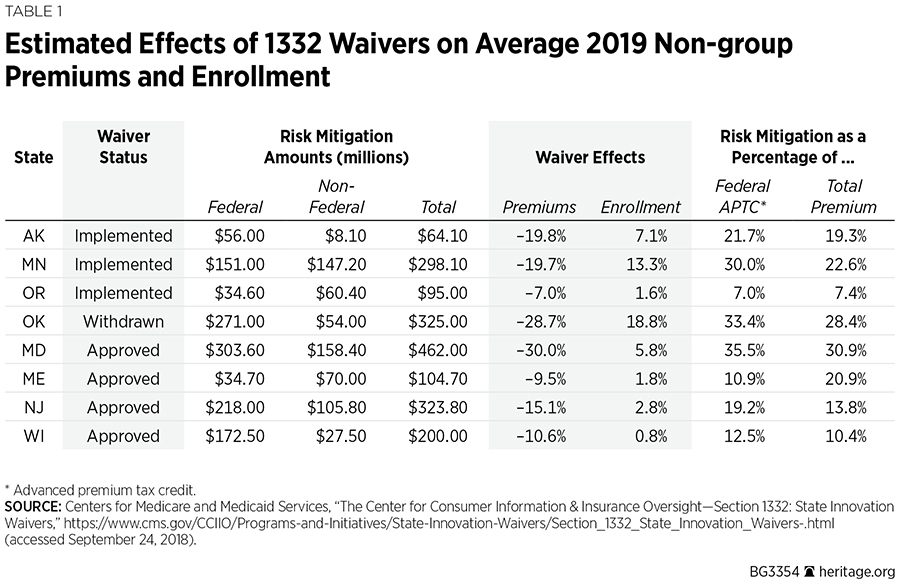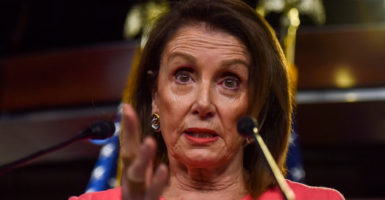House Democrats this week will vote on HR 986, a bill that would harm Americans by leading to fewer health care choices and higher health care costs. It also would undercut what polls tell us 64% of Americans say they want in health care: to build on what is working and fix what isn’t.
The bill would undo the Trump administration’s regulatory relief efforts designed to allow more innovative health care solutions, which provided a small escape hatch from Obamacare’s one-size-fits-all solution. Innovation is key to addressing Obamacare’s failure to offer affordable health care that helps people access the doctors they want to see.
Section 1332 of the Affordable Care Act, popularly known as Obamacare, provides states with limited authority to escape the law’s mandates (through a “waiver process”) and test new approaches to undoing some of this damage.
To make incremental progress toward the goal of expanding affordable choices in health coverage, the Trump administration rightly simplified the unnecessarily restrictive waiver process established by the Obama administration.
This change has been critical to helping provide consumers near-term relief—without new federal spending. Heritage Foundation research shows that several states successfully have used a waiver to change market conditions sufficiently that premiums fell for individual health insurance and enrollment expanded—all while protecting the ability of people with high health care costs to access care.
Premiums fell in all seven states that have a 1332 waiver—by as much as 42% in Maryland. And when premiums fell, the product was more attractive to more people—as evidenced by the fact that enrollment went up in every state with a waiver.

The Trump administration’s guidance is critical because Obamacare’s rigid and centralized federal regulation of the nongroup market is failing. Premiums have risen, choices have contracted, and enrollment in individual policies continues to fall.
And contrary to the repeated claims of Democrats, Obamacare has not been good for sick people. Networks have narrowed—meaning it’s harder to see the doctor you want. Millions more are now on Medicaid, which many doctors don’t even want to accept.
Obamacare’s underlying financial incentives give insurance companies reasons to raise costs; taxpayers have to send insurance companies more money—dollar for dollar—every time insurers raise prices. This is a perfect recipe for the flawed outcomes we’ve seen for the past several years.
HR 986 is an attempt to eliminate this waiver option. But Congress should keep it in place, and go further toward empowering patients.
Waivers alone are not enough. They are subject to the administration in power. The Trump administration is trying to take steps in the right direction, but this week’s show vote in Congress reminds us that Democrats think the solution to our health care woes is more regulation and less innovation—regardless of what the facts on the ground show us.
And the stakes couldn’t be higher. About half of House Democrats signed on to Medicare for All, a bill that outlaws all private coverage options. In the meantime, the left seeks to strangle state innovation until it can get to its end goal of a single-payer system.
Instead of incrementally slipping toward government-run health care, Congress should empower patients with affordable choices.
Lawmakers should enact legislation to go beyond the Trump administration’s waivers and further empower states and private providers and insurers to establish the consumer-centered approaches needed to reduce health care costs and increase choices. The Health Care Choices Proposal, supported by dozens of leaders across the country, would advance that goal.
But first, Congress should start by blocking the Democrats’ bad idea to undercut meaningful relief for millions of Americans.

























